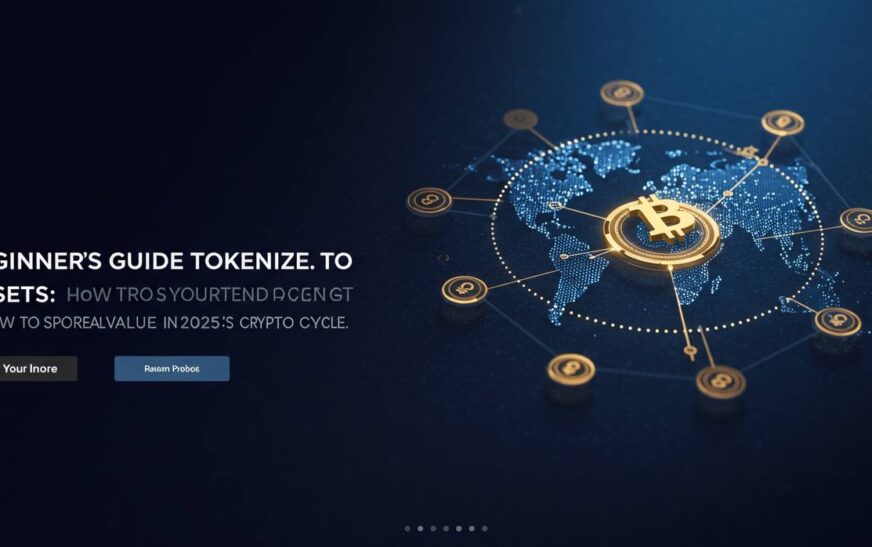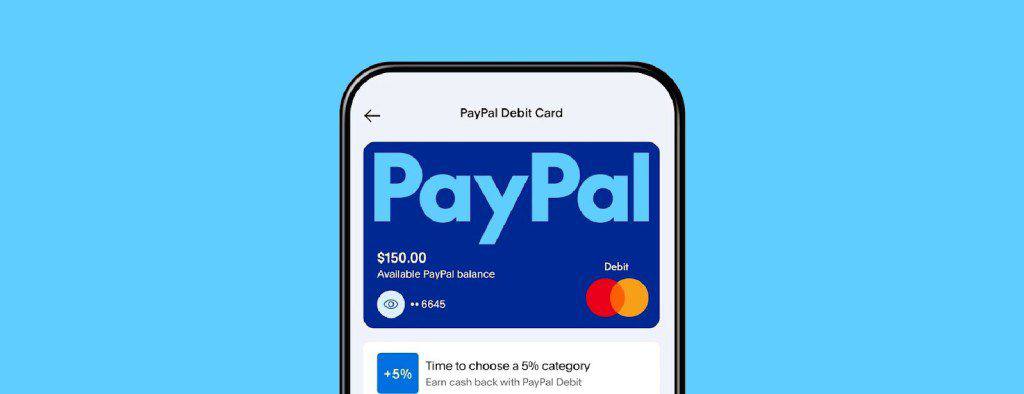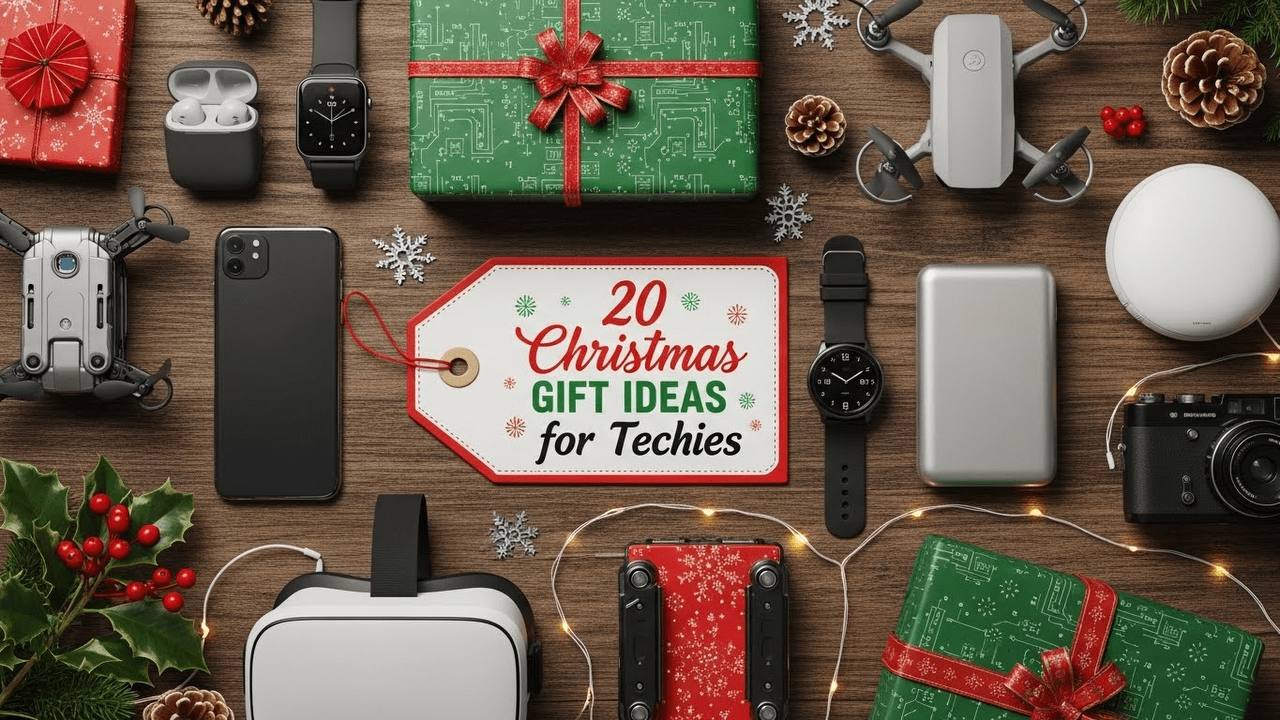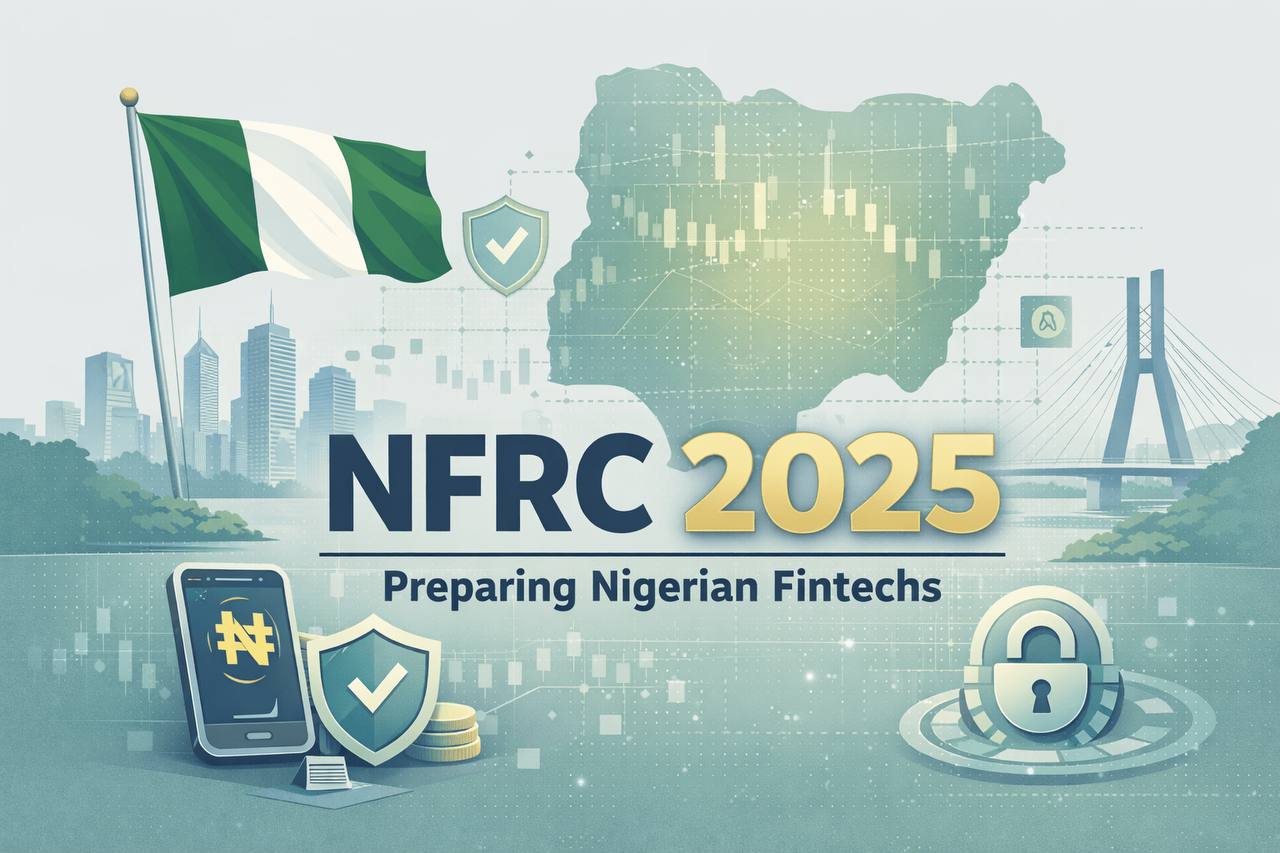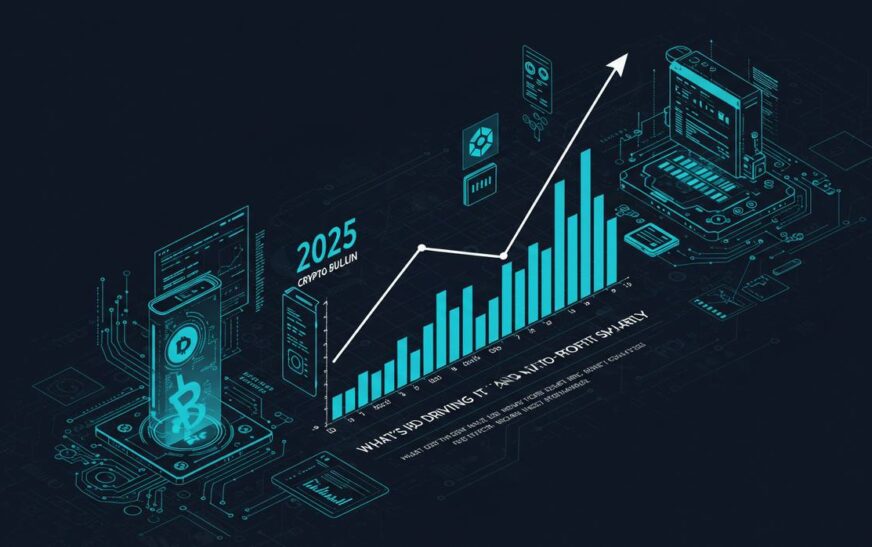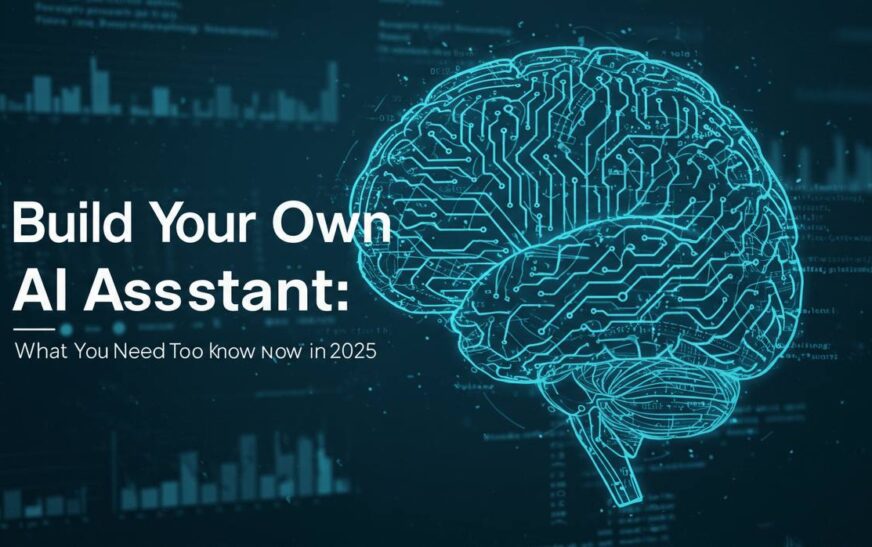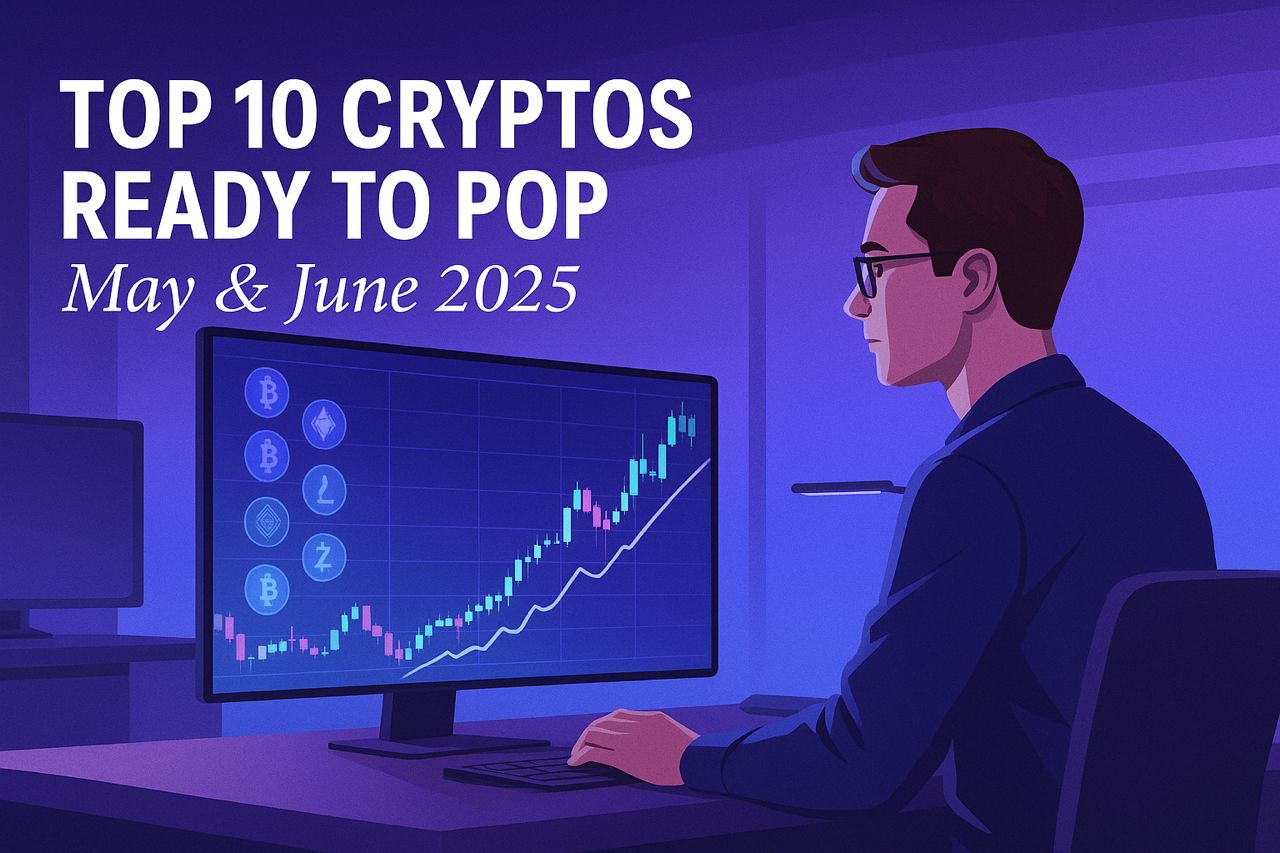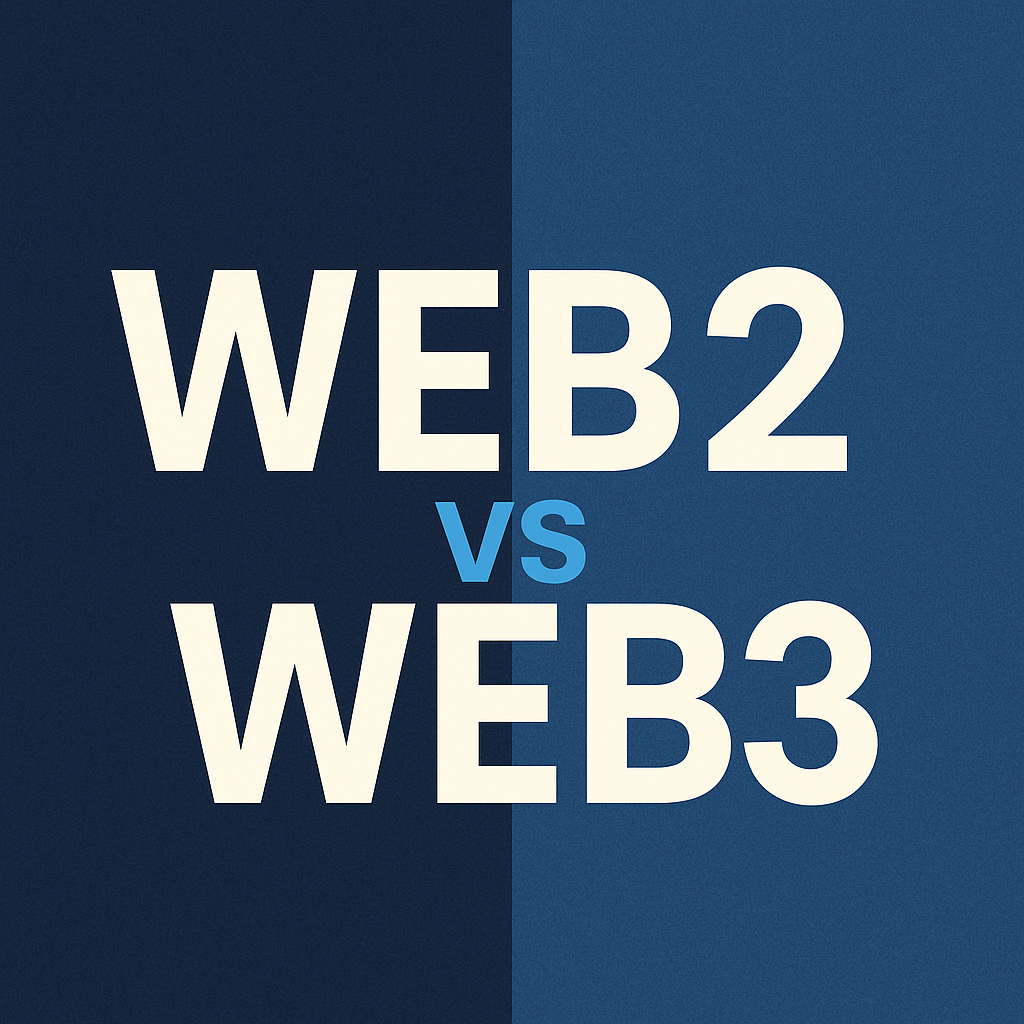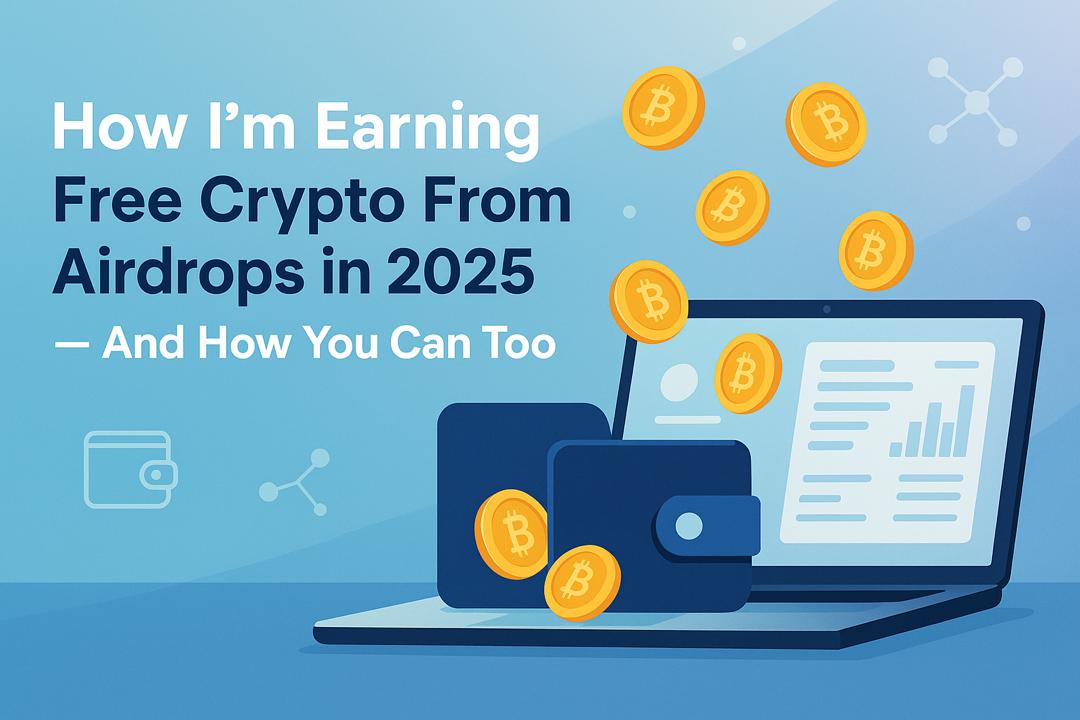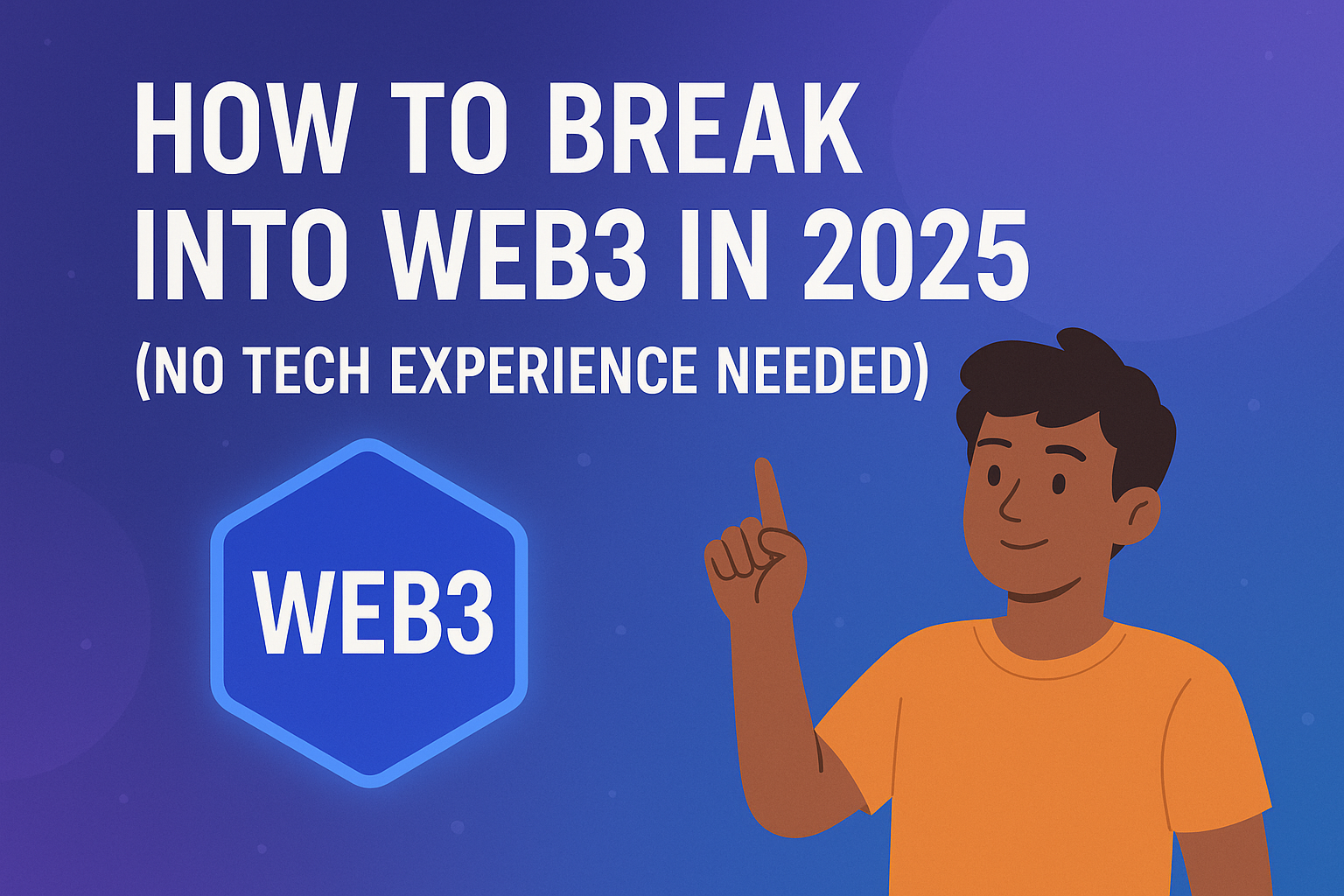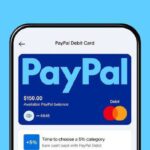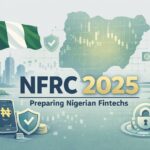Let’s be real: with all the hype in crypto, it’s getting harder to know what’s actually worth your attention. That’s where tokenized assets come in — and if you’re new to them, you’re not alone. They’re one of the biggest shifts happening in crypto right now, quietly gaining traction while memecoins grab the spotlight.
In this post, I’ll walk you through what tokenized assets are, how they work, and most importantly — how to tell which ones actually have long-term value in 2025’s fast-moving bull market.
Let’s keep it beginner-friendly, rich, and scam-proof.
What Are Tokenized Assets?
A tokenized asset is basically a real-world thing — like a house, a stock, gold, or even government bonds — that’s been digitally represented on a blockchain.
Instead of just trading crypto that exists only online, you’re now trading tokens that are backed by something real.
Examples include:
- Tokenized Treasury Bonds (e.g. Ondo Finance)
- Tokenized Real Estate (e.g. RealT)
- Tokenized Funds & Commodities (e.g. Backed, Matrixdock)
- Private company shares, music rights, carbon credits, etc.
Why it matters? It blends the transparency and speed of crypto with real-world economic value.
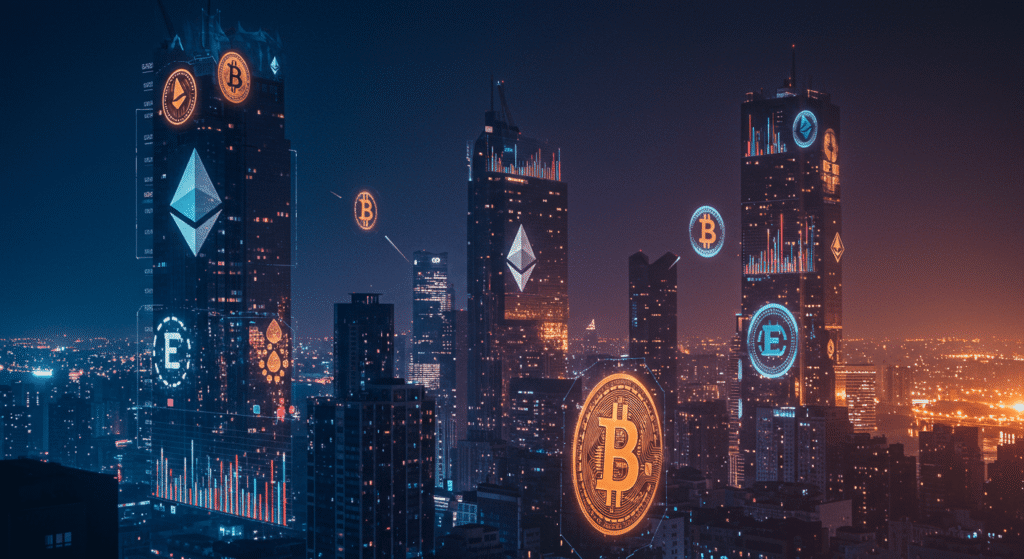
Why Tokenized Assets Are Gaining Steam in 2025
- Big Institutions Are Stepping In
Major asset managers and banks are tokenizing bonds and securities. BlackRock, Franklin Templeton, and HSBC are already playing in this space. - Lower Fees, Faster Access
No more slow bank wires or mountains of paperwork — you can buy fractional pieces of assets in seconds. - Global Financial Inclusion
People in emerging markets can now invest in global assets using stablecoins — no bank account required.
Not All Tokenized Assets Are Equal
Here’s how to spot real value vs. vaporware:
1. Check the Backing
Is the asset actually backed by a real-world thing?
Legit projects are transparent about reserves, auditing, and custodians. If there’s no clear connection to an off-chain asset, that’s a red flag.
2. Look for Compliance
Are they following securities laws in your region?
Projects that partner with regulated custodians or issue under real legal frameworks tend to last longer.
3. Evaluate the Use Case
Does this token give access to real value?
Ask: Can it earn yield? Is it tradable on multiple platforms? Does it solve a real problem?
4. Team & Backers
Who’s building it?
If a known financial institution or credible dev team is involved, that’s a good sign. If it’s just influencers and hype — think twice.
Examples of Projects Doing It Right
- Ondo Finance – tokenized U.S. Treasuries, with real yield
- Backed Finance – offers wrapped versions of traditional ETFs
- Matrixdock – RWA platform by a regulated digital asset firm
- RealT – tokenized rental properties generating daily rent in stablecoins

💡 Some Quick Tips for Beginners
- Start with Stable Yield Projects
Tokenized treasury bonds or money market funds are a safe way to get familiar with the concept. - Don’t Confuse RWAs with Stablecoins
Tokenized assets are backed by a variety of real-world goods — not just fiat currencies. - DYOR (Always)
Read whitepapers. Google the team. Watch for red flags like promises of “guaranteed returns.”
Final Thoughts: This Cycle Isn’t Just About Hype
If you want to survive — and thrive — in the 2025 bull run, understanding tokenized assets is a serious edge. They’re not just a trend. They’re part of crypto’s shift into the real economy.
The smart investors this cycle aren’t just chasing coins that go 10x overnight — they’re looking for projects rooted in real-world value.
✅ Want More Like This?
I will be putting together a list of legit RWA projects, stable-yield plays, and beginner-friendly platforms that are gaining steam. If you want it, subscribe to the blog or drop a comment below.
Let’s navigate this cycle smarter.
Related Posts
2025 Crypto Bull Run: What’s Driving It and How to Profit Smartly


